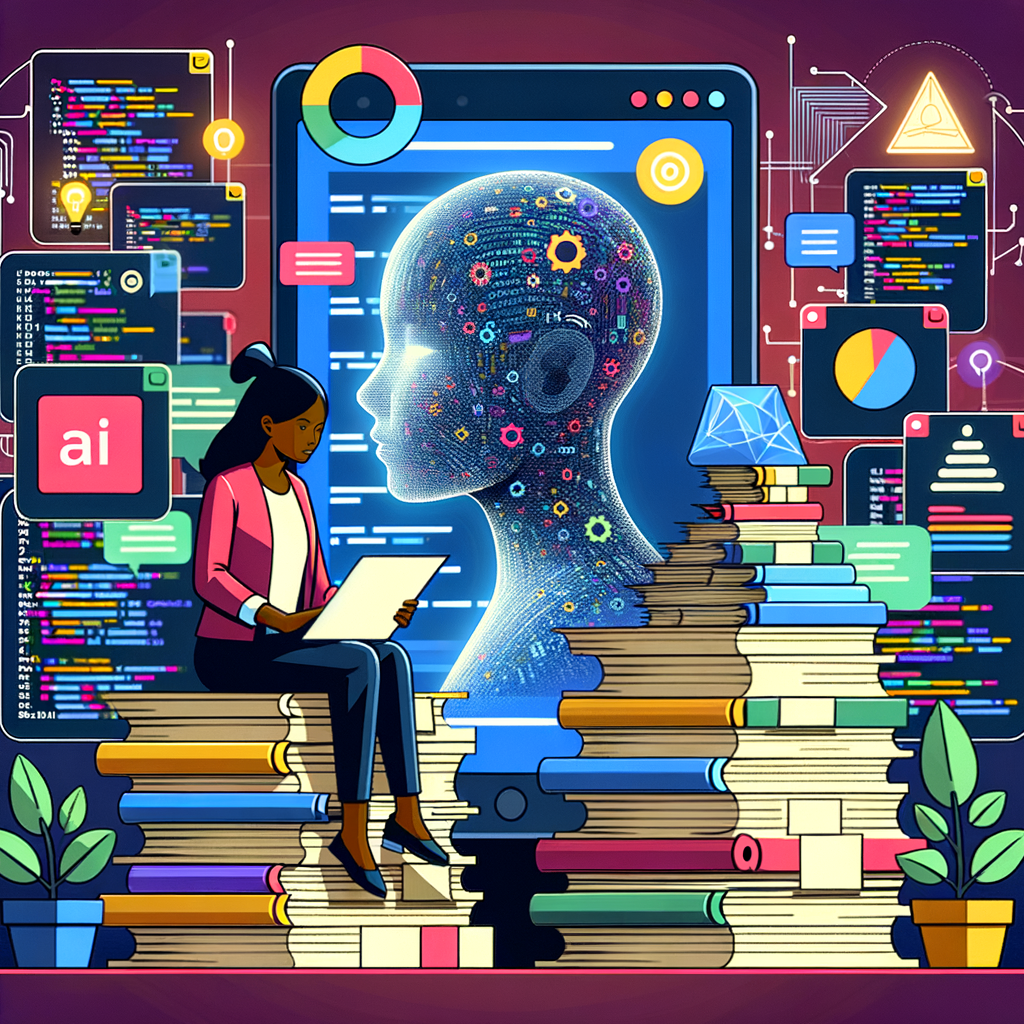Legacy code: the silent challenge haunting enterprise technology teams worldwide! Every organization harbors complex, undocumented software systems that seem impossible to understand or maintain. What if artificial intelligence could transform this seemingly insurmountable challenge?
In today’s rapidly evolving technological landscape, businesses are increasingly turning to AI-powered solutions to decode and document intricate legacy systems. By leveraging advanced machine learning algorithms and natural language processing, companies can now unlock the mysteries hidden within decades of accumulated code.
Understanding Legacy Code Challenges
Definition of Legacy Code in Enterprise Environments
Legacy code represents complex, often outdated software systems that have accumulated over years of development, becoming increasingly challenging to maintain and understand. In enterprise environments, these systems are critical yet difficult to navigate.
Common Documentation Challenges
Documentation Gaps
Software teams frequently encounter significant documentation shortages, where original system architects have moved on, leaving behind cryptic code without clear explanations.
Technical Debt Impact
Poor documentation accumulates technical debt, where each undocumented function or unclear system interaction increases future maintenance complexity and development costs.
AI Technologies for Code Comprehension
Machine Learning Code Analysis
Advanced machine learning models can now parse complex codebases, identifying intricate relationships and generating human-readable explanations of system behaviors.
Natural Language Processing Techniques
NLP algorithms help translate technical code structures into comprehensible documentation, bridging communication gaps between technical and non-technical stakeholders.
Implementation Strategies for AI Code Documentation
Strategic Tool Selection
Successful AI documentation requires carefully selecting tools that align with specific enterprise technology stacks and development methodologies.
Workflow Integration
Gradual integration of AI documentation tools ensures minimal disruption to existing development processes while progressively improving system understanding.
Benefits and Limitations of AI-Driven Documentation
Efficiency Gains
AI-powered documentation can dramatically reduce time spent deciphering complex legacy systems, allowing developers to focus on strategic improvements rather than archaeological code investigation.
Accuracy Considerations
While powerful, AI documentation tools require human validation to ensure contextual accuracy and capture nuanced system behaviors.
Future of AI in Software Maintenance
Emerging Technological Trends
Predictive AI technologies are evolving to not just document existing code, but anticipate potential system vulnerabilities and maintenance requirements.
Long-Term Enterprise Implications
As AI documentation tools mature, they will fundamentally transform how organizations understand, maintain, and evolve their critical software infrastructure.
Conclusion
AI is revolutionizing how enterprises approach legacy code documentation, offering unprecedented insights and efficiency. While not a complete replacement for human expertise, these technologies provide powerful tools for transforming complex, undocumented systems into comprehensible, maintainable software assets.
The future of enterprise software maintenance lies in embracing intelligent, adaptive documentation strategies that leverage artificial intelligence’s remarkable capabilities.

